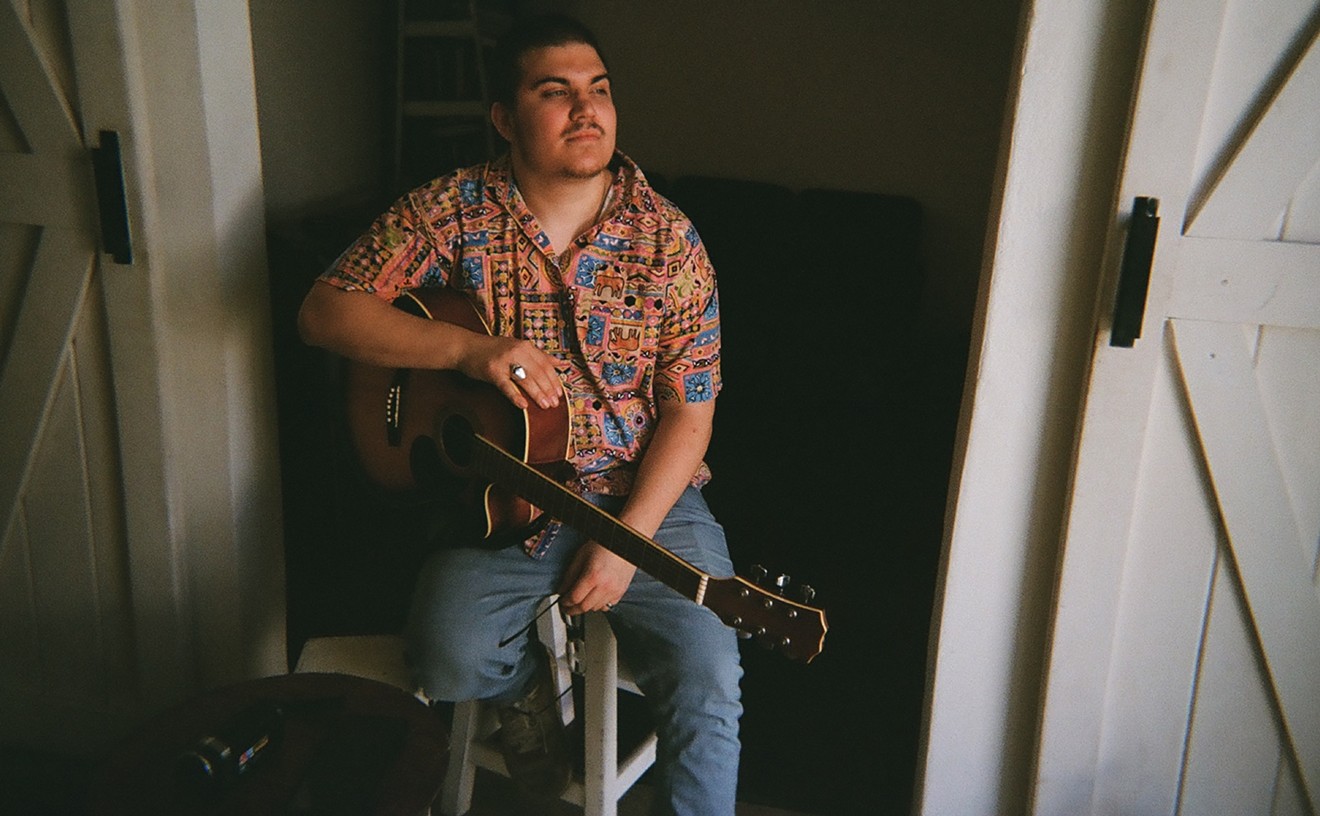Six decades after unleashing persistent NAACP bugaboo Song of the South (1946), and two after firmly suppressing it, that peculiar cultural institution known as the Walt Disney Co. has made a symbolic reparation by creating its first black princess—and plunking her down in the middle of Jim Crow-era Louisiana! A patronizing fantasia of plantation life in post-Civil War Georgia, Song could at least be understood—if hardly excused—as a product of its time. But is Disney's latest, The Princess and the Frog, the Obama-era fairy tale that anyone other than the "birther" crowd has been waiting for?
Just when exactly Princess is supposed to be taking place is never made explicit, save for a brief prologue set in the fall of 1912. It's there that we first meet Tiana, the daughter of a New Orleans seamstress (voiced by Oprah Winfrey) and a laborer (Terrence Howard), as she plays at the very big house of her very white, very blond and very rich best friend, Charlotte. The movie then flashes forward to the Jazz Age '20s. Now an enterprising young woman, Tiana (Anika Noni Rose) works double shifts as a waitress, trying to scrape together enough cash to make good on her late father's dream of opening a swank restaurant. Whatever the year, we are firmly in the grips of "separate but equal"—a reality the movie, like last year's Benjamin Button, barely even acknowledges.
Like many a storybook maiden before her, Tiana wishes upon a star for a handsome prince to ferry her off to some magic kingdom—or at least help her to make a down payment. He then seems to appear in the form of the visiting Prince Naveen of Maldonia (Bruno Campos), a mocha-skinned dreamboat of indeterminate ethnicity, who, alas, has his sights set on Charlotte. Before he can say, "I do," however, Naveen finds himself transformed into the titular amphibian by a back-alley voodoo priest (Keith David). And when he subsequently convinces Tiana to kiss him as a way of reversing the spell, instead she turns all ribbity too.
They say it ain't easy bein' green, but it's certainly a hell of a lot easier than being black. So writer-directors Ron Clements and John Musker send newly anthropomorphic Tiana and Naveen hopping off into the bayou rather than continuing to dodge ol' Jim Crow on the streets of the Big Easy. There, Princess' rampant ahistoricism gives way to a veritable Mardi Gras parade of risible stereotypes: an Acadian firefly with the most exaggerated Cajun dialect this side of celebrity chef Justin Wilson, I gua-ran-tee; a 197-year-old voodoo priestess named Mama Odie; and, lest no Deep South caricature remain unturned, a trio of toothless hillbillies.
Much ballyhooed as Disney's return to its tradition of 2-D "cel" animation after a five-year hiatus, The Princess and the Frog is pleasantly if unmemorably drawn, with an amiable original song score by Randy Newman that runs the gamut from infectious ragtime to gut-bucket zydeco. But the movie as a whole never approaches the wit, cleverness and storytelling brio of the studio's early-1990s animation renaissance (Beauty and the Beast, The Lion King) or pretty much anything by Pixar.
This hasn't been a banner season for black characters in American movies, from the women lusting after ideals of white beauty in Chris Rock's documentary Good Hair to the high school football phenom showered with Sandra Bullock's charity in The Blind Side. Indeed, it says something when, excepting Nelson Mandela in Clint Eastwood's Invictus, the closest thing to an assertive, self-confident black role model onscreen right now is the obese, illiterate, abused and HIV-positive "Precious" Jones, who eventually stops fantasizing that someday her prince might come and gets down to the business of getting her GED. But for all its superficial innocuousness—"It's only a kids' movie!" you may already have exclaimed before reading this far—The Princess and the Frog is the most insidious of the lot, precisely because it comes packaged as an all-ages entertainment bearing the imprimatur of the very studio that has branded the imaginations of several generations of the world's children.
Not that Disney is entirely at fault: The PC watchdogs who scrutinized this movie since it was first announced, and who reportedly succeeded at convincing studio bigwigs to change the title (originally The Frog Princess), the name of the protagonist (originally Maddy, feared to sound too much like "Mammy") and her profession (originally a maid), seem to have entirely missed the forest for the trees—namely, that Disney's first black "princess" lives in a world where the ceiling on black ambition is firmly set at the service industries, and Tiana and her neighbors seem downright zip-a-dee-doo-dah happy about that.










